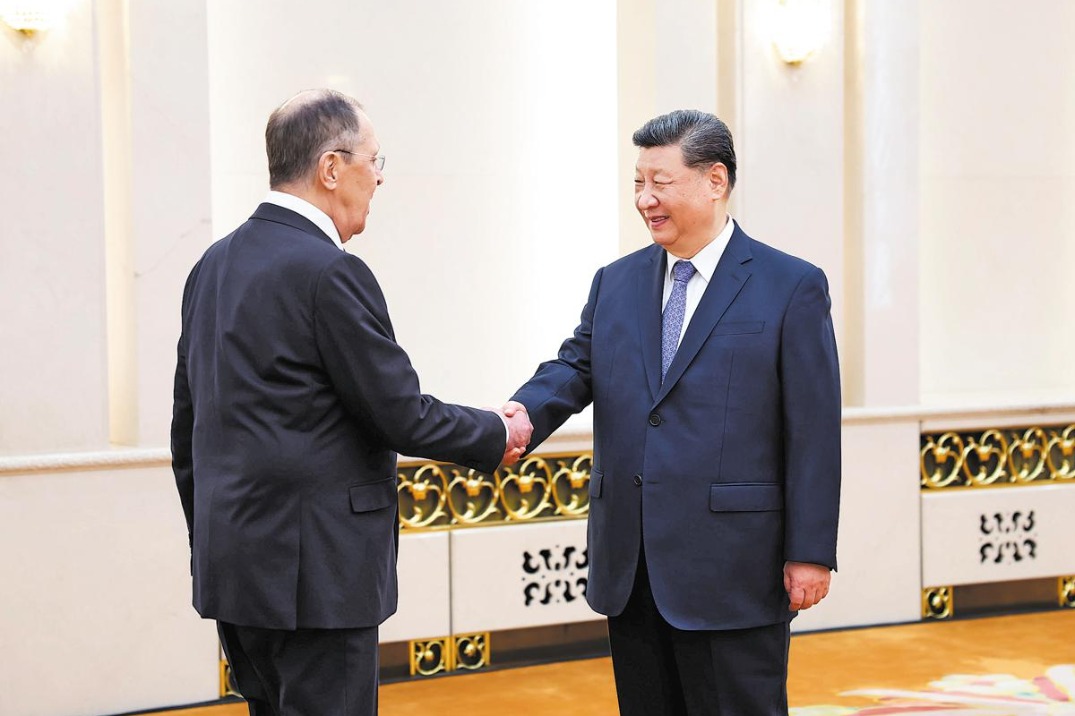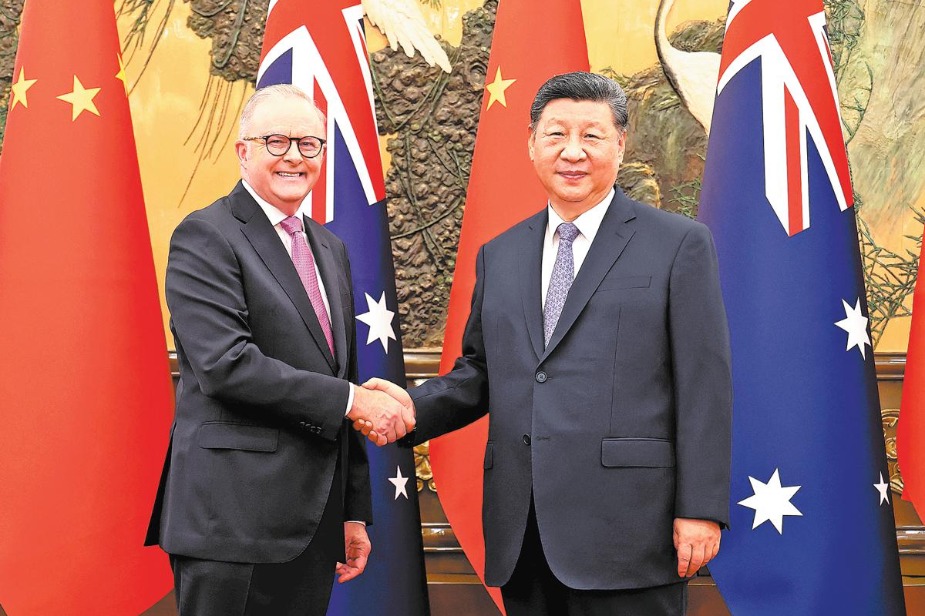Still some worries behind bright export data

In the process of the global recovery, the strong demand of overseas markets will continue to stoke China's foreign trade. The United States' limitless quantitative easing scale is about twice that during the financial crisis. The Eurozone, Japan and other major economies are also doing the same thing. These moves provide the world market with abundant liquidity and stimulate consumption demand.
The robust foreign demand will continue to drive the growth of China's foreign trade until the second quarter next year when the US' supply-demand gap is likely to be narrowed.
However, the dramatic rise in trade volume has not been transmitted to profits, as the soaring price of staple commodities is seriously eroding the profits of export enterprises.
While the trade volume has increased rapidly, the sub-index of new export orders of the manufacturing industries' purchasing managers index has remained below the growth-contract threshold for five months in a row. That means the export orders are decreasing, and the growth in the trade value is mainly driven by price hikes.
For instance, the container handling capacity of the Chinese mainland increased about 9.5 percent from January to September year-on-year, while during the same time exports soared 33 percent.
In response, the government should take various measures to reduce costs and implement phased tax deferment or reductions for export enterprises.
Now is the time to increase targeted financing support for export enterprises through structured financial instruments and encourage export enterprises to use more exchange rate derivatives and other financial products to manage risks caused by exchange rate fluctuations.
The country should do more to promote high-quality opening-up and attract and utilize foreign investment more effectively. It should further reduce the negative list for foreign investment, relax the entry threshold in key sectors and continue to reduce market access restrictions.
The high-quality development of the trade in services should also be vigorously promoted. The government should ease market access in the service sector, boost the development of the cross-border service trade and build high-level platforms for opening-up, so as to continuously improve the digital, intelligent and networked level of the country's foreign trade in services.
21ST CENTURY BUSINESS HERALD
Today's Top News
- Beijing supports Tehran in maintaining dialogue
- Stabilizing global supply chains vital to intl market
- Visa facilitation steps boost number of foreign visitors
- Japan hypes excuse for its military build-up: China Daily editorial
- Philippine defense secretary's remarks undermine regional peace efforts
- Mainland strongly opposes Lai's planned 'transit' through US






























